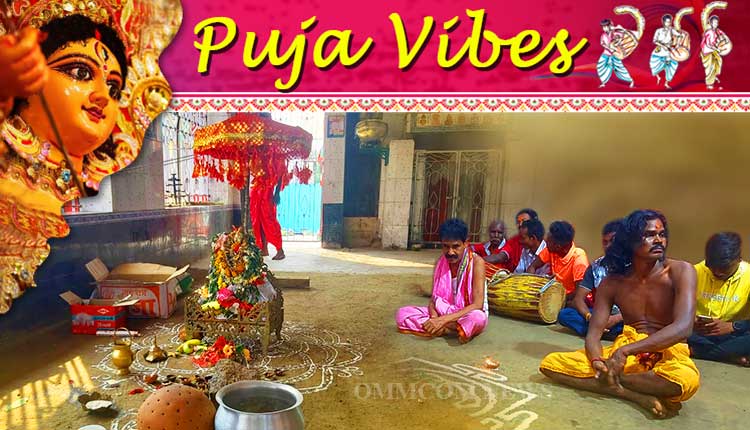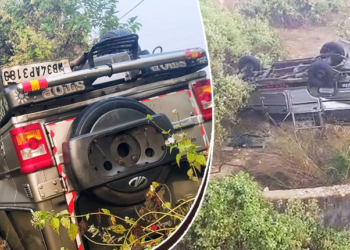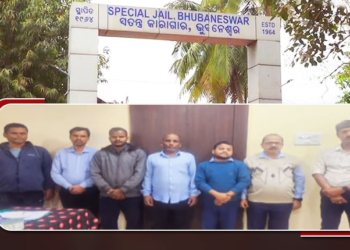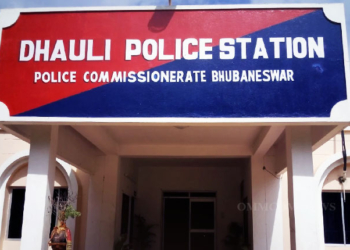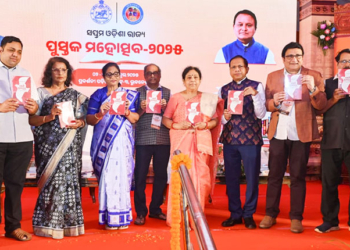Bhubaneswar: The ‘Bhai Jiuntia’ celebration is a common religious tradition in Sonepur and other western parts of the State which is observed during Dussehra festival symbolizing the bond between sisters and brothers.
A unique tradition involving the celebration is seen in ‘Tantra Peeth’ Sonepur, where Goddess Durga herself observes the ‘Bhai Jiuntia’, though symbolically.
The significance of the fete is that women, both married and unmarried observe fast on Mahastami day, praying to Goddess Durga for long life, happiness and prosperity of their brothers.
As the married women visit their paternal house to observe the festival, in the same way, Devi Durga also visits her father’s place for the purpose.
The tradition has been continuing since the time of the monarchy. In the past, Devi Durga was worshipped in the royal palace of Sonepur and the king used to perform all rituals symbolically during Dussehra fest.
Later, the idol of Goddess Durga was handed over to the ancestors of a local priest named Dipak Purohit who has been performing the rituals since then.
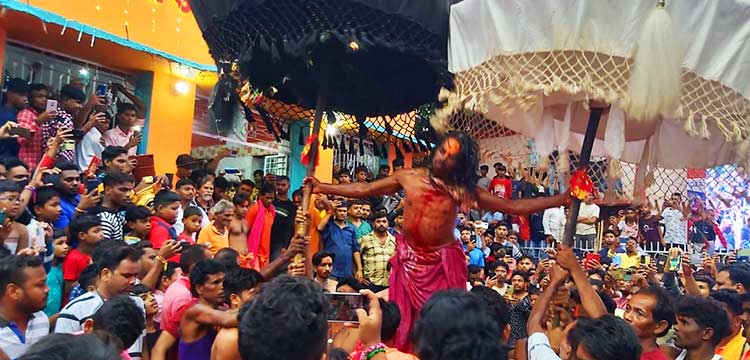 As per the tradition, the goddess begins her sojourn on the night of Sasthi to Khambeswari temple in the town which is considered as her father’s place. Her visit is accompanied by a massive ceremonial procession to the ecstatic beat of dholak, cymbals, conch, and other traditional instruments.
As per the tradition, the goddess begins her sojourn on the night of Sasthi to Khambeswari temple in the town which is considered as her father’s place. Her visit is accompanied by a massive ceremonial procession to the ecstatic beat of dholak, cymbals, conch, and other traditional instruments.
On her way, she spends ‘Mahasaptami’ at Samalei temple midway where various rituals are performed throughout the day and night.
On the next day (Mahastami), the goddess proceeds to Khambeswari temple to observe of ‘Bhai Jiuntia’ with all rituals, said Laba Kumar Mallik, a priest.
After a day of rest on Maha Navami, the goddess returns to her own abode on the day of Vijaya Dasami, marking the end of the celebration.
The entire process is a part of the famous ‘Bali Yatra’ of Sonepur, which lasts for 16 days from Mahalaya to Kumar Purnima.

When the idols of Devi Durga is taken out in a procession from the house of priest Dipak Purohit, a sevayat from a particular community, locally termed ‘Barua’ (on whom the deity is said to be manifested) performs dance according to the tune of folk music with tantric overtune.
The celebration on Vijaya Dasami is called ‘Mahabali Yatra’ which draws a massive congregation of devotees to catch a glimpse of the fest.
Historians opine that ‘Bali Yatra’ of Sonepur is purely based on ‘Tantra’ which has a historical significance of over 1000 years.
Earlier, a few animals used to be sacrificed during the festival as a part of the ritual. But, the practice was completely stopped due to official restrictions and protests against animal slaughter.




